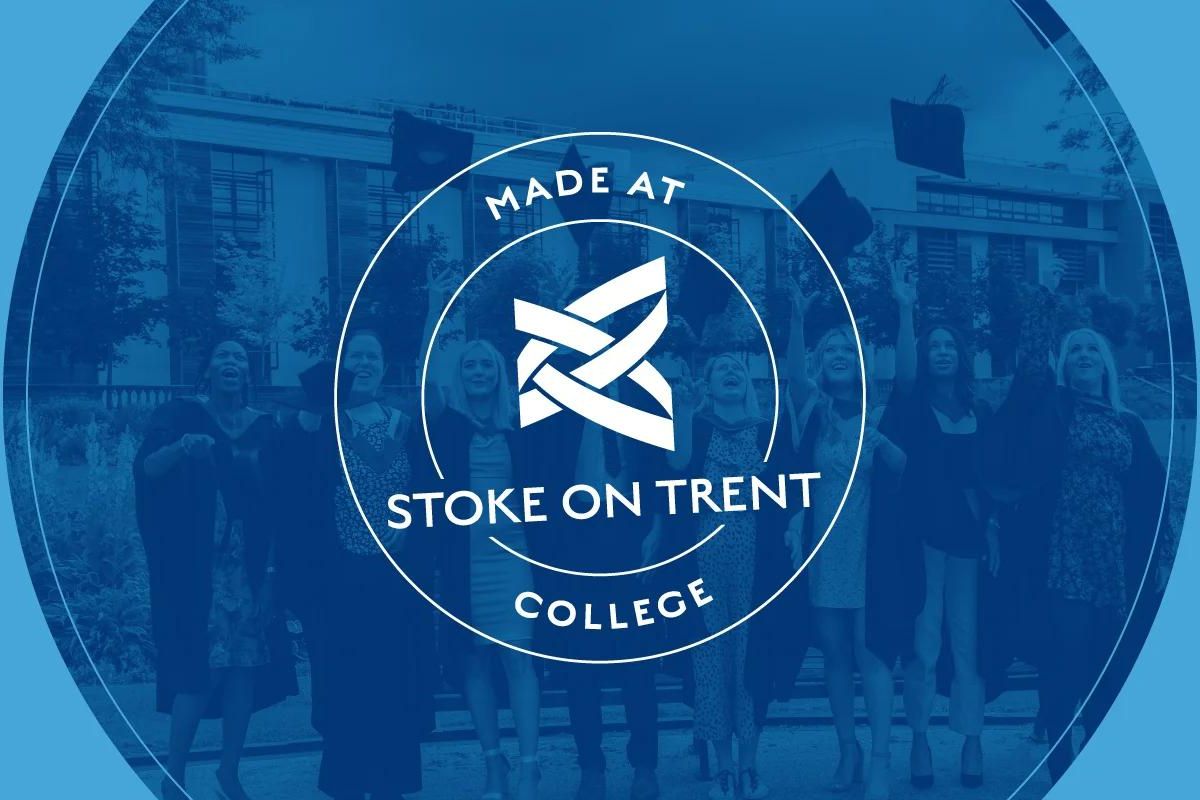How can schools navigate the funding crisis?

We’re now a month into the new school year, but for many working in the back-office of schools up and down the country, the term is already filled with a year’s worth of uncertainty as the country faces a looming funding crisis.
An unprecedented rise in inflation, spiralling energy prices (in some instances rising by as much as 500%) and equipment not being delivered in time thanks to continued global supply-chain issues are leaving schools to wonder how they balance the books before the term’s demands have really started.
In an open letter to MPs, the Worcestershire Association of Secondary Head Teachers said “Schools face a choice between cuts to staff or maintenance.”
Non-staffing costs account for over 30% of all expenditure at schools, universities and higher-education colleges. These costs include everything from school trips to IT equipment, stationary, catering and stocking libraries. Schools are already underfunded, so predictions of continued price rises as well as a recession will only strengthen that trend.
It’s why it has become essential for schools, colleges and universities to ensure they have complete visibility over their costs, so they in turn can maximise budgets. With full control over outgoings, education institutions can dramatically improve how costs are managed, understand what savings can be made and spend as efficiently as possible to stay open this winter and avoid any harsh decisions that potentially lie ahead.
Educational institutions are held back by manual finance processes
Many educational institutions are still relying on manual processes – meaning a lot of the work they are doing to manage spend is manual and laborious. It may not come as a surprise to learn that, according to research by Soldo, three-quarters of education professionals rely on manual processes to manage school spending and employee expenses. Yet manual methods of spend management do not provide full visibility of the spending going on within the institution.
Without visibility, those working in education simply can’t understand what’s coming in, and importantly what’s going out. This makes it hard to determine how to make the most of their budgets.
Modernising spend management to make teachers’ lives easier
For educational institutions to survive, the right technologies can help ease the burden when it comes to spend management. Spending and expenses can often be an invisible drain on an institution’s finances, which if left unchecked is a huge problem and can make tracking costs difficult.
Our survey revealed that over half (52.4%) of staff rely on reimbursements from expenses, and one in four (39%) use petty cash to make payments. Which makes it almost impossible to get a complete view of spending without creating unmanageable amounts of paperwork.
It was also revealed that 29% of teachers spend approximately between £1,000 – £9,999 per month. That’s a lot of spend that teams, who are not using spend management technology, will not have visibility of until the end of the month. Without some form of automation in place, tracking this large amount of spend involves a lot of manual admin – processing expense receipts, sharing updates with the teachers, manually updating systems, etc.
These manual methods of tracking and auditing a constant stream of significant payments will make it harder to control, track and report on school spend and will increase the risk of mistakes or gaps in the data that come from manual data entry. With finance technology, institutions can better control spend, and teachers’ lives are made easier with pre-paid cards – meaning they can’t pay out of pocket, which would otherwise make it difficult to know who has been spending and on what.
More time for strategic thinking in schools
Spend management can be time-consuming. According to our data, almost a quarter of teachers (23.2%) spend half a day per month just processing expenses. That’s a lot of time and effort that could be saved and invested back into what teachers want to do – focus on educating children.
Instead of wasting days putting together school-wide expenditure and spend data with manual methods of spend management, technology can make it easier to see every purchase that’s been made and identify every pound that could be saved.
Without these manual methods of managing spend undermining attempts to find savings, finance technology can help teams cut unnecessary time-wasting admin. Staff can get a complete view of every payment in real-time which makes it easier to monitor where supply contracts need to be renegotiated, where services could be brought in-house or outsourced, or even where they are underspending.
Optimising schools’ budget with automation
Better use of time often means understanding where repetitive, menial tasks are being performed and looking at ways of making them more efficient, hence the role of automation. But for automation to become widely accepted, some narratives need to be addressed.
For school administrators, for example, the belief that job roles may be replaced with automated software is drastically wide of the mark. In reality, the exact opposite is true. Automating these tasks means each staff member, from headteacher to support staff, can add value back into the system.
Finance teams should aim to work with automation rather than compete against it. When institutions get the right mix of human and automated work, processes are more efficient, and individuals are freed up to focus on more useful tasks like data analysis or forecasting.
The data they are using also becomes more accurate and more reliable – meaning more precise predictions. And because the data is richer, decision-making is better too. Whether it’s the cost-of-living crisis, a recession or an unforeseen hurdle not yet on the horizon, the industry will continue to face cost pressures.
With the right technology, they can modernise departments and get the full visibility and control needed to maximise their budgets, empowering them in the process and allowing staff and teachers to do what they do best – inspiring the next generation.
By Ian Johnson, SVP Market Development at Soldo











Responses